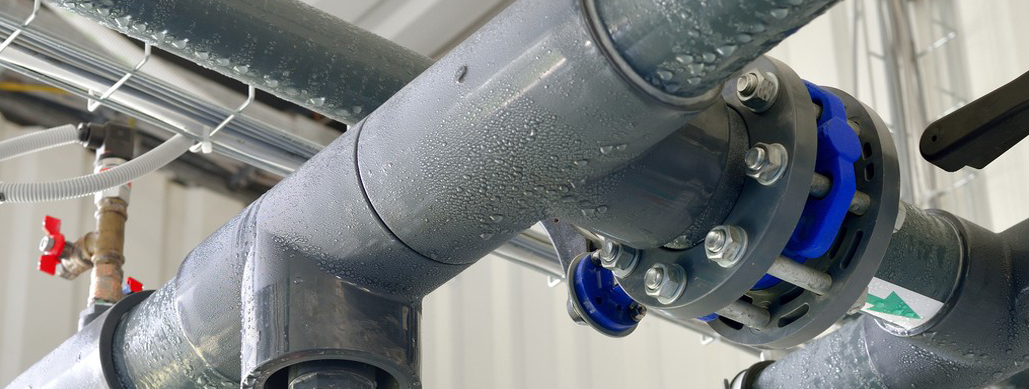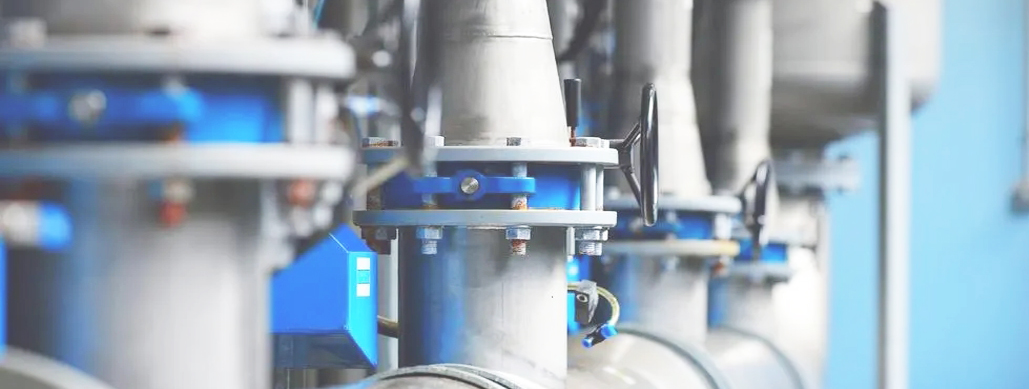WATER TREATMENT VALVES
Water treatment valves play a crucial role in managing and regulating the water flow within treatment facilities, ensuring efficient operation and quality control. Due to our increasing concerns about water scarcity, strict regulation of water quality, and the expansion of global water treatment infrastructure, the demand for water treatment valves has been steadily increasing. The types of valves used in water treatment mainly include concentric soft sealed butterfly valves, resilient sealed gate valves, cast iron ball valves, cast iron check valves, cast iron strainers, etc. Each type of valve plays a specific role in the water treatment process.

The driving factors for the demand for water treatment pipeline accessories:
- Water shortage: The growth of population and industrialization have led to an increase in demand for clean water, driving the demand for efficient water treatment solutions and thus driving the demand for water treatment valves.
- Regulatory compliance: The strict regulations implemented by governments and environmental agencies in water quality standards and wastewater treatment encourage the adoption of advanced valve technology to meet regulatory compliance requirements.
- Infrastructure development: Investment in water infrastructure projects, especially in developing regions, has driven the demand for water treatment valves required for new and existing facility upgrades.
- Technological progress: Innovation in valve design, materials, and automation technology has improved operational efficiency, reliability, and performance, thereby stimulating market growth.
Adverse factors affecting the use of valves in water treatment systems
- Cost limitation: The high initial investment and operating costs associated with advanced valve technology may hinder adoption, especially in areas with limited financial resources.
- Technical complexity: The complex water treatment process requires specialized valve solutions, which poses challenges in selection, installation, and maintenance, especially for smaller operators.
- Environmental issues: The environmental impact of valve manufacturing processes and materials, as well as issues related to valve leakage and emissions, are receiving increasing attention, driving the demand for environmental solutions.
The market can be segmented based on valve type, application, end-user industry, and geography. Gate valves and butterfly valves are widely used in water treatment plants, while ball valves are preferred for controlling flow in pipelines. Applications include drinking water treatment, wastewater treatment, desalination, and industrial processes. End-user industries span municipal, industrial, commercial, and residential sectors.

The water treatment valve market is poised for continued growth, driven by ongoing urbanization, industrialization, and environmental concerns. Technological advancements, such as smart valves with capabilities for remote monitoring and control, are expected to gain traction. Additionally, the increasing adoption of renewable energy sources and decentralized water treatment solutions present new opportunities for market expansion.
The water treatment valve market presents lucrative opportunities for manufacturers, driven by global efforts to ensure access to clean water and mitigate environmental pollution. To capitalize on these opportunities, industry players must focus on innovation, sustainability, and strategic partnerships to address evolving customer needs and regulatory requirements in this dynamic market landscape.


